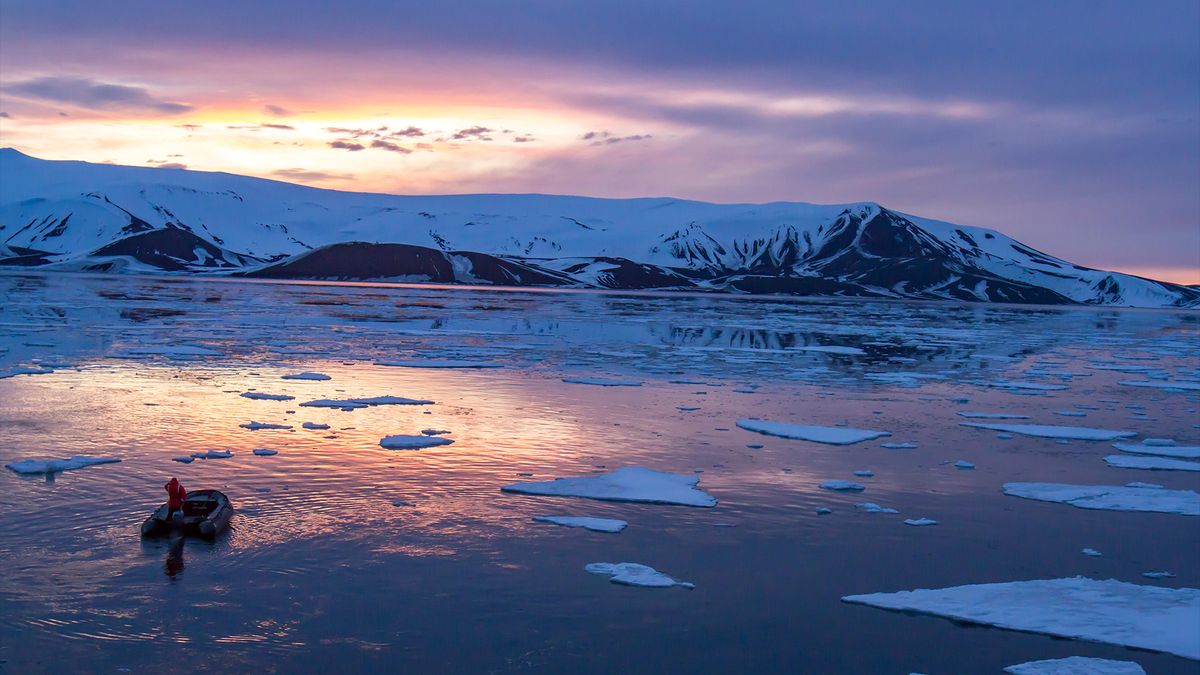A Switzerland-Size Hole Opened in Antarctica’s Sea Ice in 2016-17. Now We Know Why
During the winters of 2016 and 2017, a hole the size of Switzerland opened in the middle of Antarctica’s sea ice. And scientists just figured out how it came to be.
The Mysterious Hole
This mysterious hole, known as a polynya, puzzled scientists for years. Polynyas are rare in deep sea areas, but this one was massive, stretching nearly 50,000 square kilometers. It was first observed in 1974 but had never been seen on such a scale before.
Unraveling the Mystery
A team of scientists from the University of Southampton, the University of Gothenburg, and the University of California San Diego investigated the Maud Rise polynya, named after the submerged mountain-like feature over which it formed. They discovered that a complex interplay of wind, ocean currents, and the geography of the ocean floor contributed to its formation.
The Role of Wind and Ocean Currents
The study revealed that during 2016 and 2017, the large circular ocean current around the Weddell Sea strengthened. This caused a deep layer of warm, salty water to rise, enabling salt and heat to mix with the surface water. As the surface ocean of Antarctica freezes each year, this mixture hindered freezing and created the polynya.
Atmospheric Contributions
Apart from ocean currents, the strong and frequent cyclones that occurred during the same period played a significant role. These cyclones fractured the sea pack ice and pushed it in opposite directions, creating space for the unfrozen ocean water to fill in.
Ecological Significance
Polynyas are crucial for wildlife. They provide access between the ocean and the atmosphere and bring nutrients to the surface, benefiting animals like seals and penguins.
A Changing Climate
The study’s lead researcher, Aditya Narayanan, suggests that the conditions associated with the formation of the polynya may also be driving the decline in sea ice in the region. “It may indicate that we have increased heat supply from below, and we are seeing a change in how Antarctic waters are behaving,” he said.
The Ongoing Mystery
While this research provides important insights into the formation of the 2016-17 polynya, scientists acknowledge that much remains unknown about these enigmatic phenomena. Some polynyas persist for years, while others vanish within weeks or months.
The ongoing study of polynyas is essential for understanding the complex interactions between the atmosphere, ocean, and sea ice in Antarctica. As these interactions evolve with climate change, the fate of Antarctica’s unique and fragile ecosystem hangs in the balance.
also read:The Significance of Earth’s Polar Heat Loss and Its Impact on Climate Change

